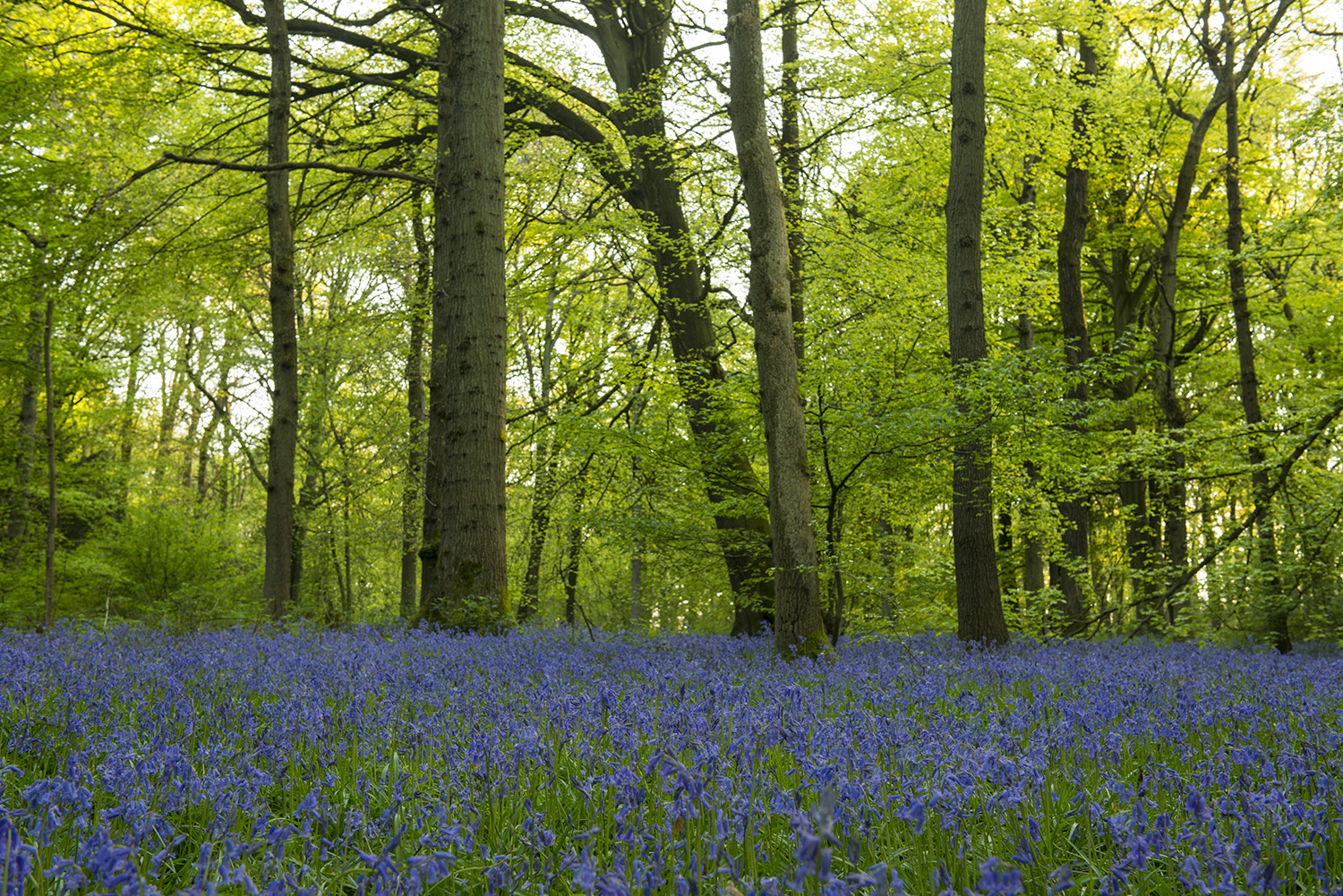How to shoot Spring flowers

After the gloom of winter, spring is here and with it a riot of colour!
- With the grey of winter making way for the new growth of spring and along with it a burst of colour across the landscape, it’s easy to see why these months are favourites amongst photographers.
- Spring flowers, in particular, make brilliant subjects to photograph and to find out how to make the most of them, why not follow our expert advice.
-
Embrace the conditionsWhether it’s a bright sunny day or overcast, make the most of it as these delicate flowers won’t hang around forever.
Cloudy days are perfect for soft, even lighting, and will really make colours stand out, while you also avoid running the risk of harsh shadows ruining your shot. Should the sun come out though, don’t put your camera away – the light will entice flowers to open up and reveal their true nature. To try and avoid shadows becoming an issue though, use a white reflector (or even a sheet of white card) to bounce light back or shoot into the light for some potentially striking backlit shots.
With the weather often unsettled at this time of year, rain and wind are never far away. Should the heavens open, wait until the rain has stopped and then head out to capture the delicate water droplets that have settled on the leaves and petals of the flowers. If it’s windy, then try and find a sheltered spot from which to shoot.

Go low for impact
Be prepared to get a bit dirty, but try getting down low to shoot. It’s not the most comfortable way to work, but you’ll find that this viewpoint will deliver images with greater impact than those taken from the waist or head height.
To make life easier for yourself when composing shots like this, use live view to frame up your shot, and if your camera has an articulated screen, even better.
Focusing
- Where you focus will depend on the framing of the flower. If the flower head is filling the frame, then opt for the front petal, while if the stem is more prominent, then focus on that. To give yourself some flexibility though, shoot two or three shots focused on different points of the flower so you can decide later in post-processing which works best.
- Rather than rely on AF though, you might want to think about using a combination of live view and manual focus. That way, you’ll be able to zoom in on the part of the frame you want sharp to make sure you’ve got your focusing spot on.
Kit list
A tripod can be a really versatile piece of kit when shooting flowers, but a bean bag is a great alternative, as it’ll allow you to get lower than a tripod as well as creating a stable platform from which to shoot.
A polarising filter is also handy to have with you as not only will it reduce the glare, but it’ll also make colours more vibrant.
A macro lens is an obvious choice for close-ups, but often with spring flowers, it can be the sheer volume of colour covering the ground that’s impressive. A standard zoom can do the job here, but a telephoto zoom like a 70-200mm or 70-300mm is ideal for compressing perspective and tightening the composition.
- By Andi Thomas
- 11 Apr 2016































































